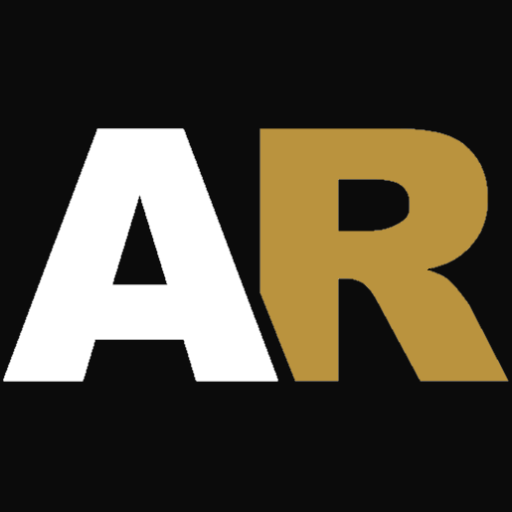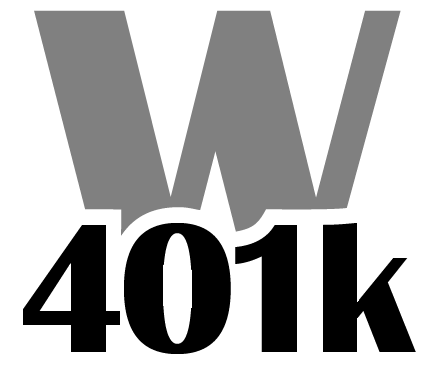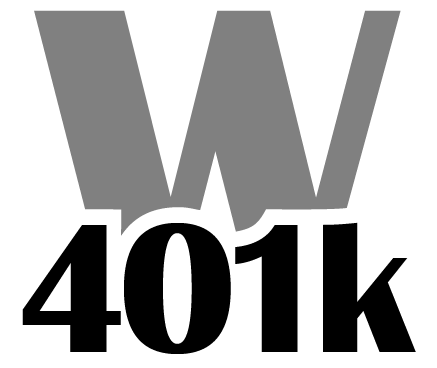When Prevailing Wage is the subject, there is no shortage of questions. Here are a couple of common ones:
My employees refer to prevailing wage fringe as “their money”. What can the Company do if the employee does not sign up for the 401(k) and they don’t have health insurance through the company?
The prevailing wage fringe is a specific dollar value of bona fide fringes the Company must furnish an employee; it is not an employee option to choose the fringe be paid as Cash in Lieu of Fringe (wages). The Company has the option to choose the fringe benefits offered, as long as they meet the definition of “bona fide” as defined by regulations. In addition, an employee does not sign up for a 401(k) Pension Plan company contribution; the decision to make that type of contribution is made by the Employer. The DOL Field Operations Handbook states (1) “If an employee desires cash payments or benefits other than those chosen by the contractor, that would be a matter for discussion and resolution between the employee and the employer.” and (2) “The contractor is under no obligation to obtain the employee’s concurrence before contributing to the fringe benefit plan on his or her behalf.”
I received a notice from my 401k TPA telling me that my plan must be restated. What should I make sure to look for when it comes to prevailing wage?
The IRS required most 401(k)s to be restated before April 30, 2022. This simply means a new Adoption Agreement had to be executed.
Quite a few plans are not structured as needed to allow maximum credit for PW contributions. Some are even set up to be punitive in that regard. Here are just a few of the things to look for:
- Are company contributions calculated per hour, or is some other time period used for compensation? In Prevailing Wage, each hour stands alone.
- If the plan calls for a PW Schedule or Amendment (as most all do), where does one come from and whose responsibility is it?
- Does the plan allow for Company contributions, such as a discretionary match or a profit sharing contribution, to be offset with a PW contribution for the specific time period of that contribution, (i.e. per hour)?
- Is the PW contribution a QNEC, limiting the availability of this money to an employee if they still work for you? For example, if Johnny Employee has a $10,000 medical bill for his child, can he get the money from the Plan without quitting his job or having to pay it back?
- Does your plan annualize contributions? This has a very large and expensive downside potential in regards to the PW contribution.
- (Even though this sounds cliché) Is the plan doing what you want, or are you doing what the plan wants?
Some other considerations to keep in mind:
- Monitor the 404a Company deductibility limit. Companies performing a lot of prevailing wage work should monitor this carefully.
- Understand in-service distributions to existing employees from the Prevailing Wage contribution.
- Discuss Highly Compensated Employees (HCEs) eligibility to receive Prevailing Wage Contributions.
- Discussing Profit Sharing as an option to reward good employees who do not have an opportunity to receive Prevailing Wage contributions.
More detail is provided by the archived webinar “Prevailing Wage 401(k) Plan Design”.




